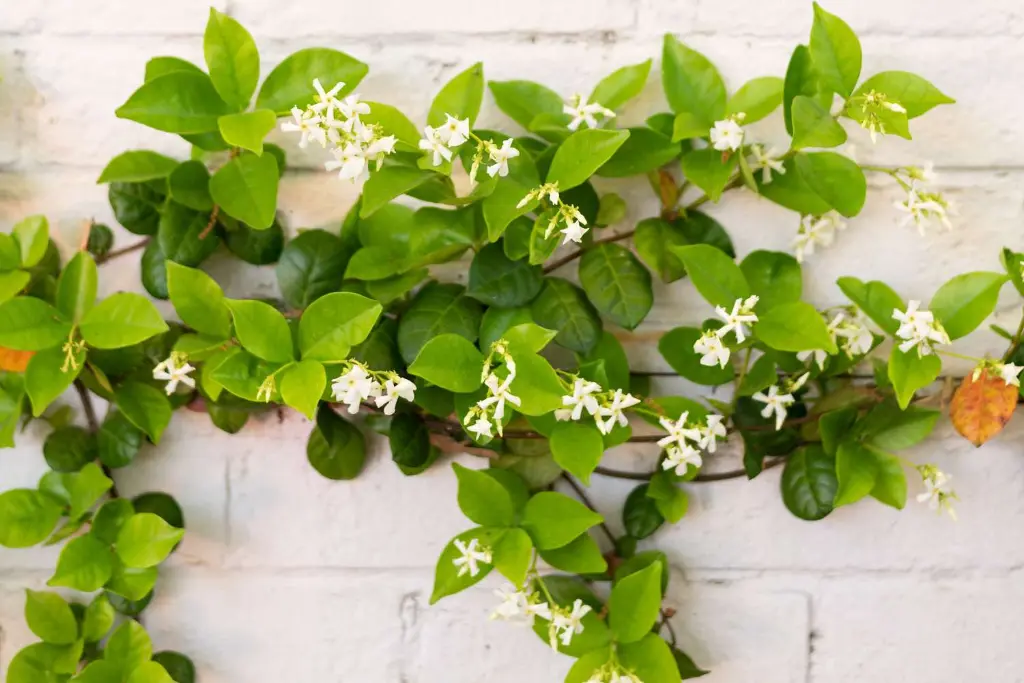Identification Guide for Trellises, Walls, and Fences
Climbing plants offer an aesthetically pleasing and practical way to enhance gardens, patios, and even interior spaces.
Their ability to grow vertically makes them ideal for trellises, walls, and fences, providing not just beauty but also functional benefits such as privacy, shade, and erosion control. This guide aims to equip you with the knowledge needed to select, plant, and maintain various types of climbing plants. We will explore identification techniques, care methods, and the myriad benefits these plants bring to different environments.
Types of Climbing Plants

Climbing plants can be categorized based on their climbing mechanisms and the types of supports they need. The main types include twining climbers, clinging climbers, scramblers, and self-clinging climbers.
Twining Climbers
Twining climbers use their stems or leaves to wrap around supports. These plants are ideal for trellises and pergolas.
Examples:
- Morning Glory (Ipomoea)
- Wisteria (Wisteria sinensis)
- Honeysuckle (Lonicera)
Clinging Climbers
Clinging climbers have specialized structures like tendrils or adhesive pads that help them attach to surfaces. They are perfect for walls and fences.
Examples:
- Virginia Creeper (Parthenocissus quinquefolia)
- Ivy (Hedera helix)
- Clematis (Clematis spp.)
Scramblers
Scramblers need a bit of assistance to stay upright. They use their thorns or hooks to cling to other plants or structures.
Examples:
- Roses (Rosa spp.)
- Bougainvillea (Bougainvillea spp.)
- Blackberry (Rubus fruticosus)
Self-Clinging Climbers
These plants can attach directly to surfaces without needing support structures.
Examples:
- Climbing Hydrangea (Hydrangea petiolaris)
- Trumpet Vine (Campsis radicans)
- Boston Ivy (Parthenocissus tricuspidata)
Identification Guide
Correctly identifying climbing plants is essential for ensuring they thrive in their intended environments. Here’s a guide to help you identify some common climbers.
Leaf Shape and Arrangement
Morning Glory: Heart-shaped leaves with a pointed tip.
Wisteria: Pinnate leaves with multiple leaflets.
Honeysuckle: Opposite leaves, usually oval.
Flower Structure
Morning Glory: Funnel-shaped flowers, often blue or purple.
Wisteria: Cascading clusters of lavender or white flowers.
Honeysuckle: Tubular flowers, typically fragrant.
Growth Habits
Virginia Creeper: Palmate leaves, turning red in fall.
Ivy: Lobed leaves, evergreen.
Clematis: Diverse leaf shapes, showy flowers.
Techniques for Supporting Climbing Plants
Choosing the Right Support
The choice of support depends on the type of climber:
- Twining Climbers: Use trellises, pergolas, or wires.
- Clinging Climbers: Use walls, fences, or specially designed climbing frames.
- Scramblers: Use supports that they can hook onto, like other plants or sturdy structures.
- Self-Clinging Climbers: Plant near walls or large surfaces where they can attach directly.
Installing Supports
- Trellises: Install trellises at the planting time to avoid disturbing roots later.
- Wires and Cables: Ensure they are sturdy and securely attached to structures.
- Fences: Wooden or metal fences work well for most climbers.
Training and Pruning
Training helps guide the plant’s growth, while pruning maintains its shape and health.
- Twining Climbers: Gently wrap stems around supports.
- Clinging Climbers: Secure with ties if necessary, particularly when young.
- Scramblers: Regularly check and guide stems onto supports.
Pruning Tips:
- Remove dead or damaged growth.
- Trim to control size and encourage branching.
- Prune after flowering for species that bloom on old wood.
Seasonal Care Guide
Maintaining climbing plants involves seasonal care to ensure they remain healthy and vigorous. Here’s a handy seasonal guide to help you manage your climbing plants throughout the year:
General Guide
| Activity | Jan | Feb | Mar | Apr | May | Jun | Jul | Aug | Sep | Oct | Nov | Dec |
|---|---|---|---|---|---|---|---|---|---|---|---|---|
| Planting | yes | yes | yes | yes | ||||||||
| Watering | yes | yes | yes | yes | yes | yes | yes | yes | yes | |||
| Fertilizing | yes | yes | ||||||||||
| Pruning | yes | yes | yes | yes | ||||||||
| Pest Control | yes | yes | yes | yes | yes | yes | yes | yes | yes | yes | yes | yes |
Detailed Guide
Spring (March – May)
- Planting: Ideal time for planting most climbers.
- Watering: Begin regular watering as temperatures rise.
- Fertilizing: Apply a balanced fertilizer to encourage growth.
- Pruning: Light pruning to shape and remove winter damage.
Summer (June – August)
- Watering: Maintain consistent moisture, especially during dry periods.
- Pruning: Deadhead spent flowers and remove excess growth.
- Pest Control: Monitor for pests and treat as needed.
Autumn (September – November)
- Planting: Second opportunity for planting, especially in warmer climates.
- Pruning: Cut back after flowering and remove dead or diseased wood.
- Watering: Reduce frequency as temperatures drop.
Winter (December – February)
- Protection: Mulch roots to protect from frost.
- Pruning: Perform major pruning on dormant plants.
- Planning: Prepare for spring planting and support installations.
Benefits of Climbing Plants
Aesthetic Appeal
Climbing plants add vertical interest and soften hard structures. They can transform a plain wall into a lush, green tapestry or create a romantic canopy over a pergola.
Privacy and Screening
Tall, dense climbers like Ivy or Clematis provide excellent privacy screens, blocking unsightly views and creating secluded outdoor spaces.
Environmental Benefits
Climbing plants improve air quality by trapping dust and pollutants. They also provide habitat and food for beneficial insects and birds.
Erosion Control
Plants like Virginia Creeper and Trumpet Vine can help stabilize soil on slopes, reducing erosion.
Temperature Regulation
By shading walls and structures, climbing plants can help reduce indoor temperatures in summer, leading to energy savings.

Climbing plants offer a diverse range of options for enhancing your garden or outdoor space. By understanding their growth habits, identification, and care techniques, you can choose the best plants for your needs and enjoy their numerous benefits. Whether you aim to create a lush green wall, a colorful floral display, or a practical privacy screen, climbing plants provide versatile and rewarding solutions.



